Milwaukee Tool is a renowned power industry famous for its high-quality and durable products. However, in recent years, numerous customers have reported experiencing trigger problems with their Milwaukee circular saws.
As a result, there has been a growing concern about the reliability and functionality of Milwaukee circular saws. We will explain the cause of these Milwaukee circular saw trigger problems. We will also explore the impact of these issues on the overall Battery capacity and user experience of the circular saws.
To provide an unbiased and thorough analysis, we have gathered information from various sources, including customer reviews, industry experts, and the company. So, if you are a Milwaukee circular saw owner or are considering purchasing one, you will provide valuable insights into the trigger problems and the steps to rectify them.
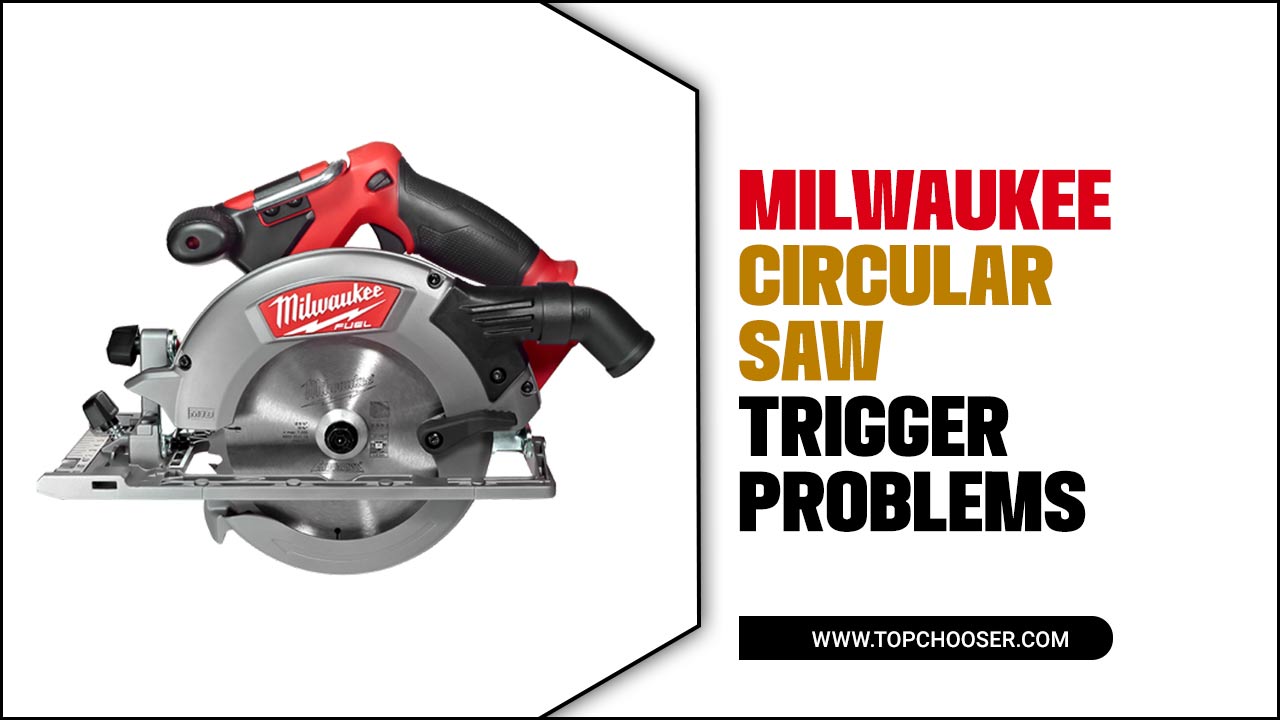
Common Trigger Problems With Milwaukee Circular Saws
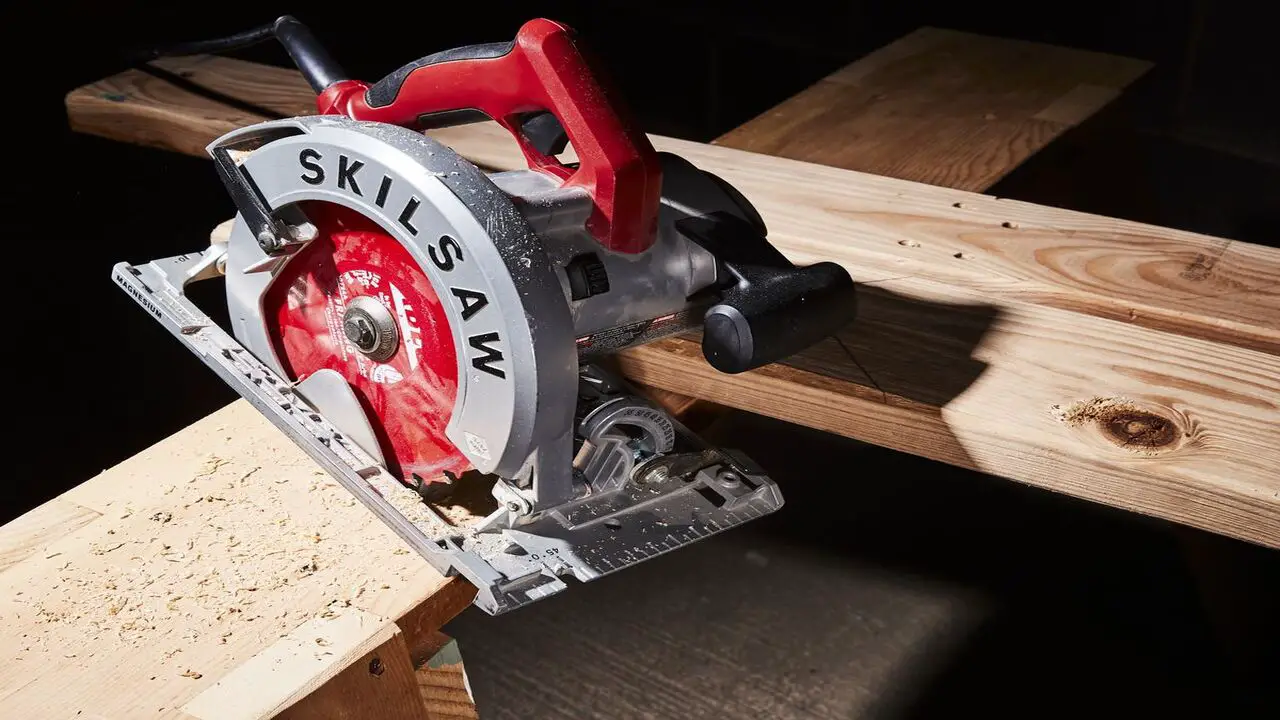
One of the primary reasons why it is important to be familiar with common trigger problems is to ensure the user’s safety. A malfunctioning trigger can lead to unexpected startups or failure to stop the blade, posing a significant risk of injury. By being aware of typical problems associated with the trigger, such as sticking, jamming, or inconsistent operation, users can take proactive measures to address these issues promptly and avoid accidents.
Here is the problem list:
- Trigger sticking or becoming unresponsive.
- Trigger not engaging properly when pressed.
- Trigger getting stuck in the depressed position.
- Trigger becoming loose or wobbly.
- Trigger sensitivity issues, such as being too sensitive or not sensitive enough.
- The trigger is not released properly after being pressed.
- Over time, the trigger assembly or mechanism gets damaged or worn out.
- Trigger switch or wiring issues causing intermittent operation or failure to start.
Milwaukee Circular Saw Trigger Problems – How To Solve It
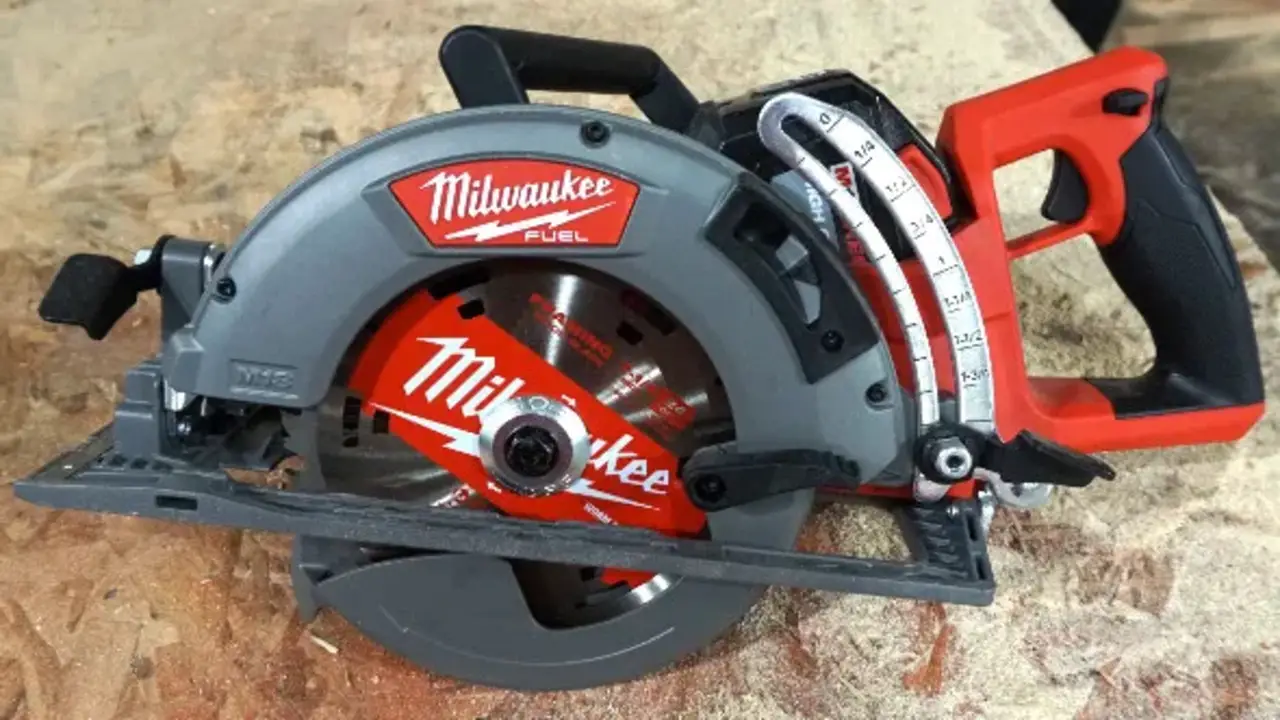
As professionals in the woodworking industry, we must be aware of potential issues and concerns with our tools. One such tool that requires our attention is the Milwaukee Circular Saw, specifically its trigger mechanism.
Understanding the importance of knowing the Milwaukee Saw trigger problems for several reasons. A faulty trigger mechanism can result in unexpected activation or unintentional blade spinning, leading to serious accidents and injuries.
By understanding the specific trigger problems associated with the Milwaukee Circular Saw. We can take the necessary precautions to prevent such incidents. Below, we discuss Milwaukee circular saw trigger problems solutions.
Trigger Not Engaging
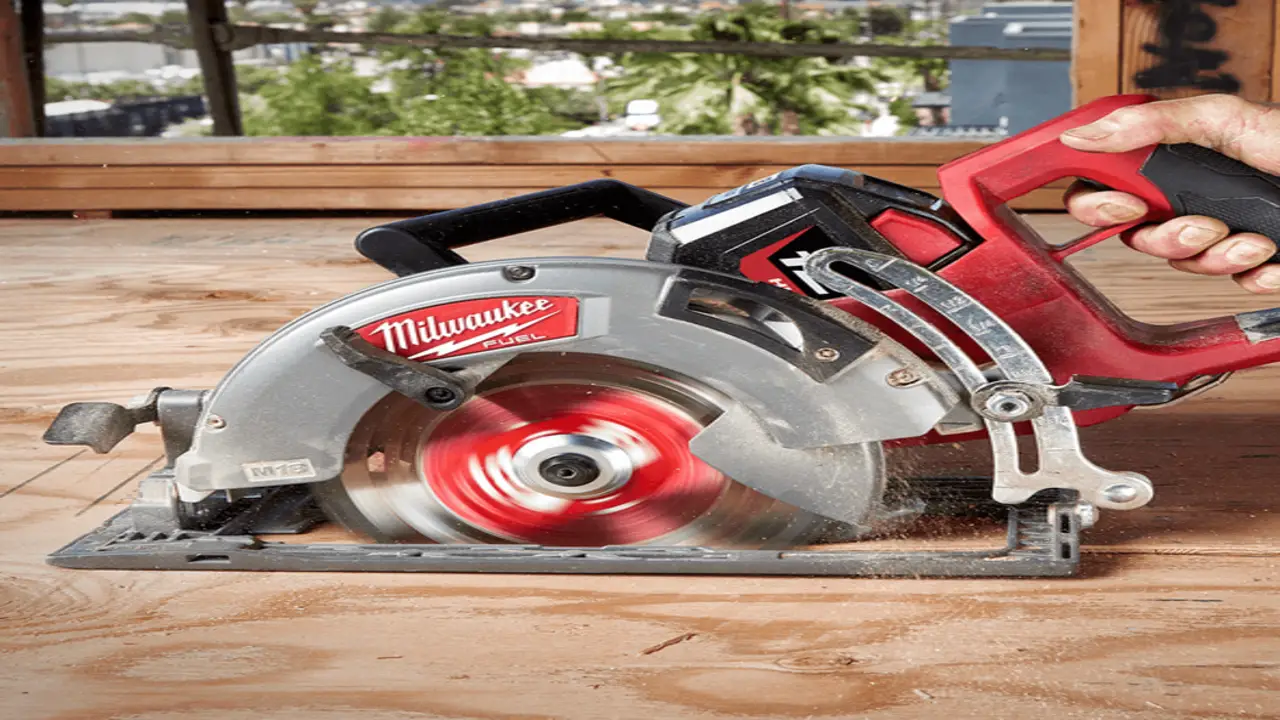
One common problem with Milwaukee circular saws is that the trigger may fail to engage properly, making it difficult to start the saw. One possible solution to this issue is to check the power source. Ensure the saw is properly connected to a functioning power outlet or the battery is adequately charged.
If the power source is not the problem, the next step is to examine the trigger. Look for any debris, dust, or debris obstructing its proper movement. If there is any buildup, carefully clean the trigger using a soft cloth or compressed air, ensuring it moves freely.
Trigger Sticking
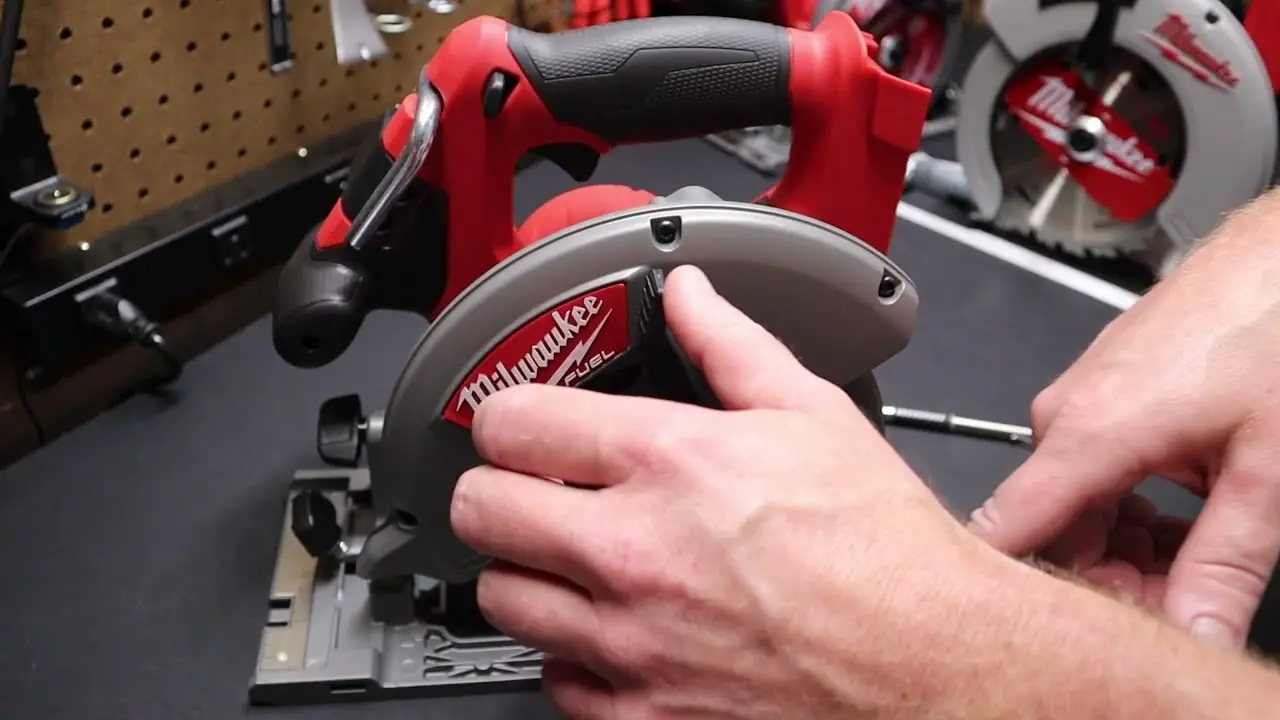
Another issue that users may encounter is a trigger that sticks in the “on” position, causing the saw to remain running even when the user releases pressure on the trigger. It is important to ensure that no debris or residue obstructs the trigger. Carefully clean the trigger area using a soft cloth and a mild cleaning solution, removing any dirt or grime that could be causing the sticking problem.
If cleaning the trigger does not resolve the issue, the next step is to inspect the trigger mechanism for any signs of damage or wear. Look for any bent or broken components that may be hindering the smooth operation of the trigger. If any parts are found to be damaged, it is advisable to replace them with genuine Milwaukee replacement parts to ensure optimal performance and safety.
Trigger Sensitivity
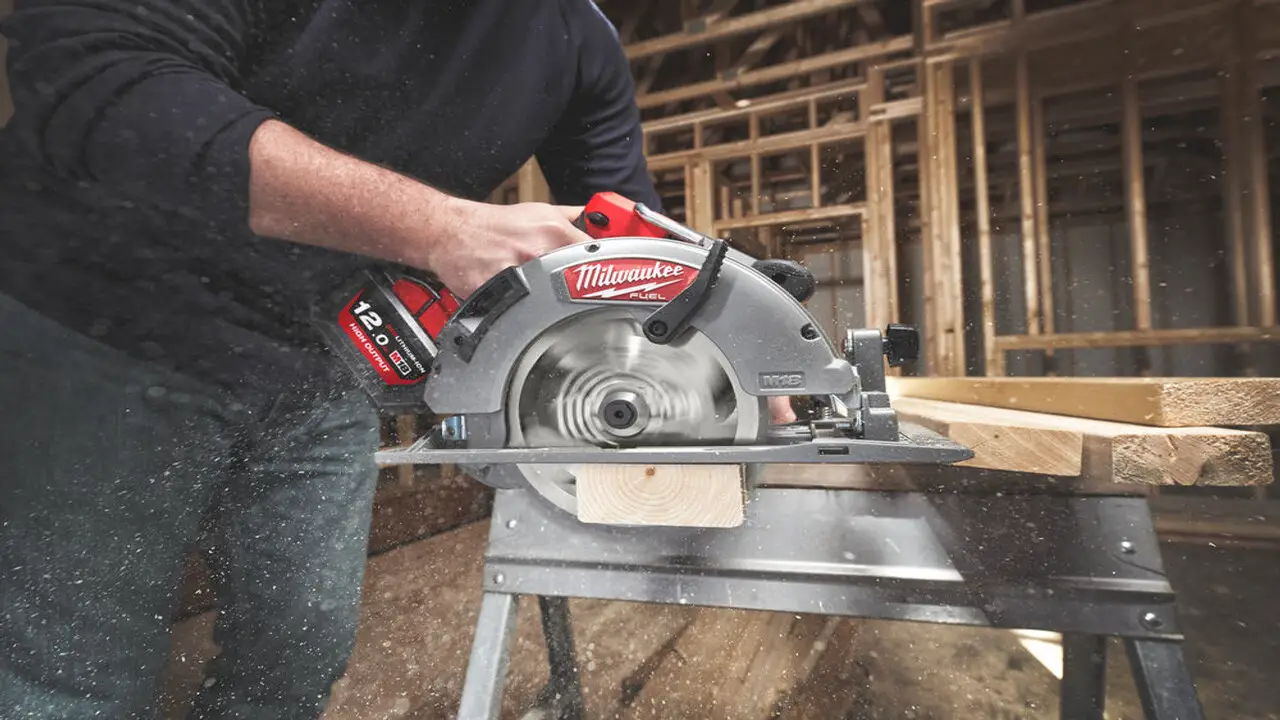
Some users have reported problems with trigger sensitivity, where the saw starts unexpectedly or is difficult to control due to the trigger being overly sensitive or unresponsive.
Start by inspecting the trigger mechanism for any visible signs of damage, such as loose or worn parts. If necessary, replace any faulty components to restore proper functionality. Next, check the tension of the trigger spring.
A loose spring can cause excessive sensitivity or even accidental triggering of the saw. Adjust the tension by carefully tightening or loosening the spring as needed. Remember to test the trigger after each adjustment to determine if the sensitivity has been resolved.
Trigger Not Releasing
In certain cases, the trigger may fail to release after the user has released pressure. Even when the trigger is not being pressed, the saw continues to run. Please unplug the saw and remove the battery to prevent accidental start-ups during troubleshooting.
Next, examine the trigger mechanism for any signs of damage or debris that may obstruct its proper functionality. Use a small brush or compressed air to clean any dirt or sawdust that may have accumulated around the trigger assembly.
Trigger Safety Switch Failure
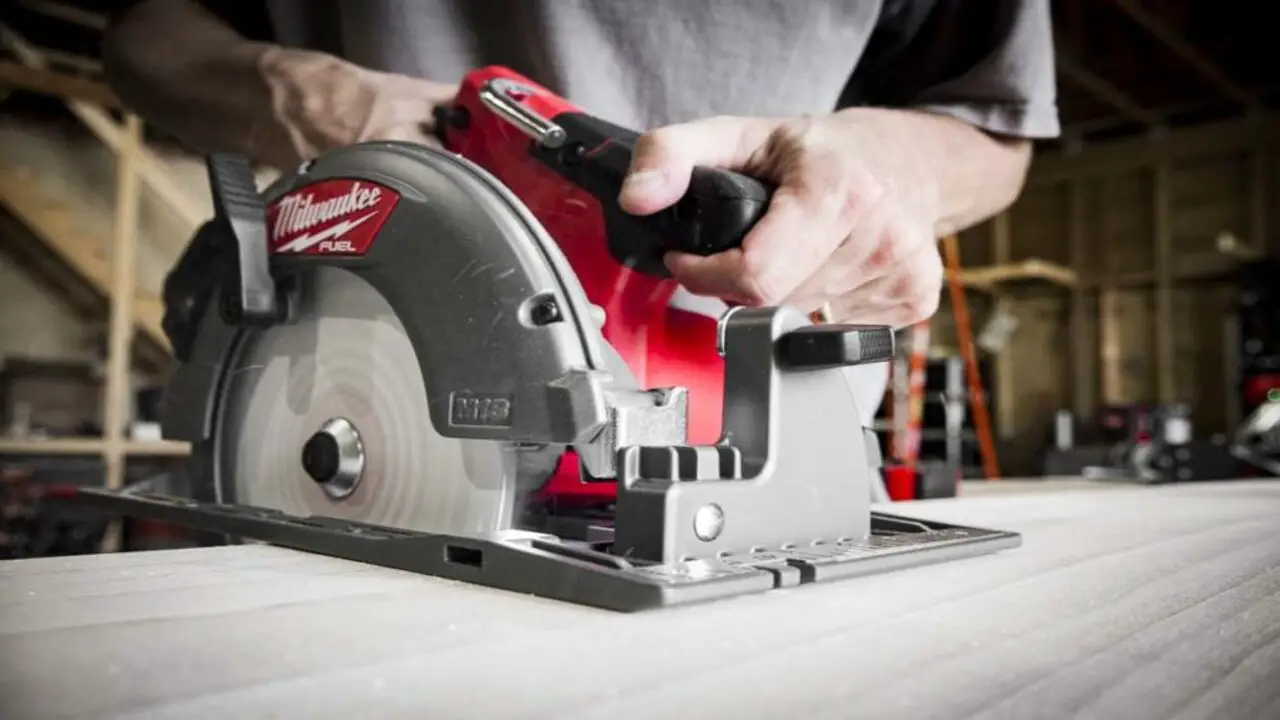
The trigger switch may be prone to failure, resulting in the saw not starting or stopping as intended. If you are facing a trigger switch failure problem with your Milwaukee circular saw, worry not, as there are steps you can take to solve this issue effectively. For safety reasons, disconnect your saw from any power source.
Next, carefully examine the trigger switch to identify any visible signs of damage or wear. If you notice anything, we recommend replacing the switch entirely. To do so, refer to the manufacturer’s manual for detailed instructions on your model.
Trigger Assembly Damage
Physical damage or wear and tear to the trigger assembly can cause various trigger-related problems, such as inconsistent operation or complete failure. If you’re facing a problem with the trigger assembly damage of your Milwaukee circular saw, don’t panic.
Firstly, it is crucial to ensure your safety by disconnecting the saw from any power source, removing the battery, or unplugging it from the electrical outlet. This will prevent accidental activation while working on the Electric brake and trigger assembly.
Next, carefully inspect the trigger assembly for any visible damage or loose parts. If you notice any broken components or worn-out wiring, it is advisable to replace them with genuine Milwaukee parts. Contacting the manufacturer or visiting an authorized service centre can guide and assist in acquiring the correct replacement parts.
Trigger Wiring Issues
The first step in solving this problem is to carefully inspect the trigger assembly for any visible damage or loose connections. Before inspecting or repairing, ensure you unplug the saw and remove the battery. Look for any frayed or severed wires, loose or corroded connections, or signs of overheating.
If there are no visible issues, the next step is to test the continuity of the trigger wiring using a multimeter. Set the multimeter to the resistance or continuity mode and carefully probe the wires connected to the trigger assembly. A reading of zero or close to zero indicates a good connection, while a high or infinite reading suggests a problem with the wiring.
Signs That Your Circular Saw Trigger May Be Malfunctioning
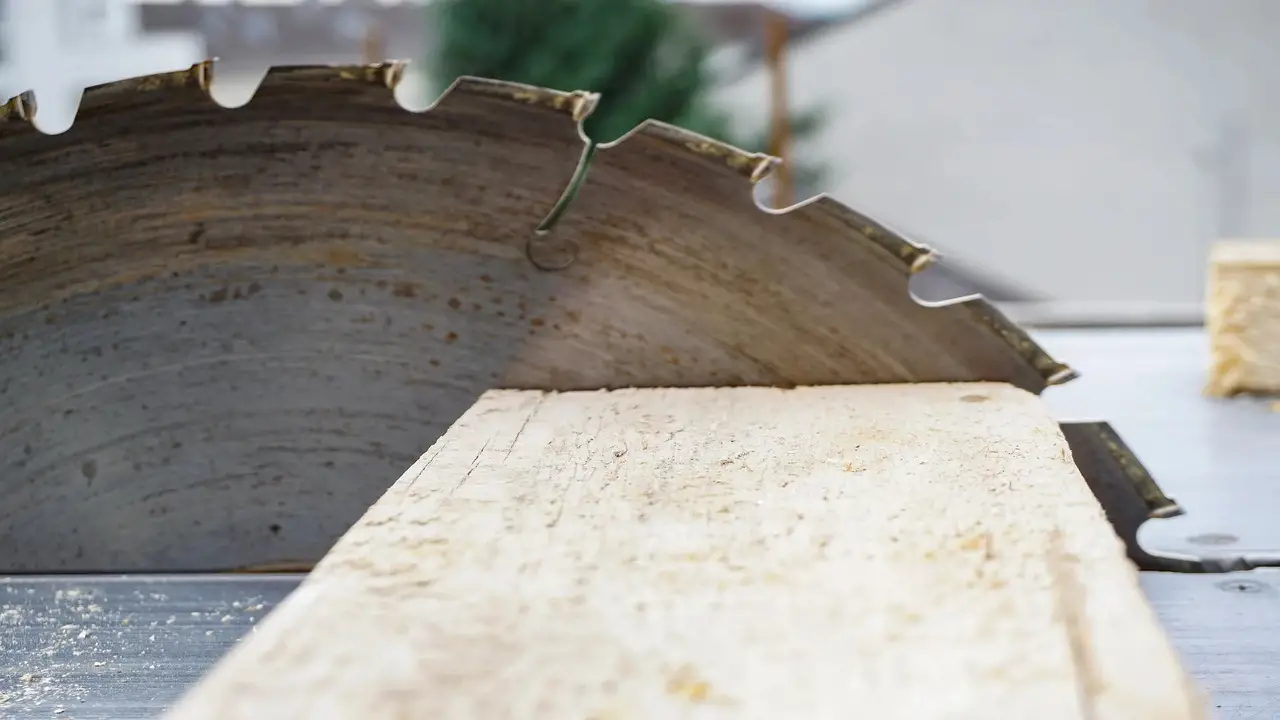
As a professional in the construction industry, it is imperative to have a thorough understanding of the signs that your circular saw trigger may be malfunctioning.
A malfunctioning trigger can pose serious safety hazards and significantly impact the efficiency and productivity of your work. By recognizing the early warning signs, you can promptly address the issue and prevent any potential accidents or delays.
- The trigger feels loose or wobbly when pressed.
- The saw does not start or start inconsistently when the trigger is squeezed.
- The saw motor stops running abruptly or unexpectedly while in use.
- A delay or lag exists between squeezing the trigger and the saw starting.
- The trigger gets stuck or does not return to its original position after release.
- While holding down the trigger, the saw unexpectedly speeds up or slows down.
- Unusual noises or vibrations come from the trigger area when the saw is running.
- The trigger feels stiff or difficult to press down.
- The saw loses power, or the blade slows down when the trigger is fully pressed.
How To Prevent Trigger Problems In The Future
Knowing how to prevent trigger problems in the future is of utmost importance for individuals, organizations, and society as a whole. Trigger problems can result in significant disruptions, conflicts, and negative consequences that can hinder progress and achievement of goals.
By understanding the underlying causes of these trigger problems and implementing preventive measures, we can proactively address and mitigate potential challenges before they escalate. Here are the guideline:
- Identify Triggers: Reflect on past experiences and identify the specific factors that have triggered problems.
- Develop Self-Awareness: Pay attention to your emotions, thoughts, battery life and physical sensations to recognize when you might get triggered.
- Practice Self-Care: Engage in activities that promote relaxation, such as exercise, meditation, or spending time in nature, to help reduce overall stress levels.
- Establish Healthy Boundaries: Set boundaries with others to protect yourself from potential triggers and communicate your needs effectively.
- Seek Support: Reach out to a trusted friend, family member, or therapist who can provide guidance and support during challenging situations.
- Learn Coping Strategies: Develop healthy coping mechanisms to manage stress and emotions, such as deep breathing, journaling, or engaging in hobbies.
- Develop Problem-Solving Skills: Enhance your problem-solving abilities to effectively address triggering situations and find solutions that work for you.
- Practice Mindfulness: Cultivate a mindful approach to life, focusing on the present moment without judgment, which can help reduce reactivity to triggers.
- Educate Yourself: Learn about your specific triggers and how they affect you, as well as strategies and techniques that can help prevent problems in the future.
- Create A Support Network: Surround yourself with people who understand and respect your triggers, providing a safe and supportive environment for your well-being.
Tips For Regular Maintenance Of Your Circular Saw
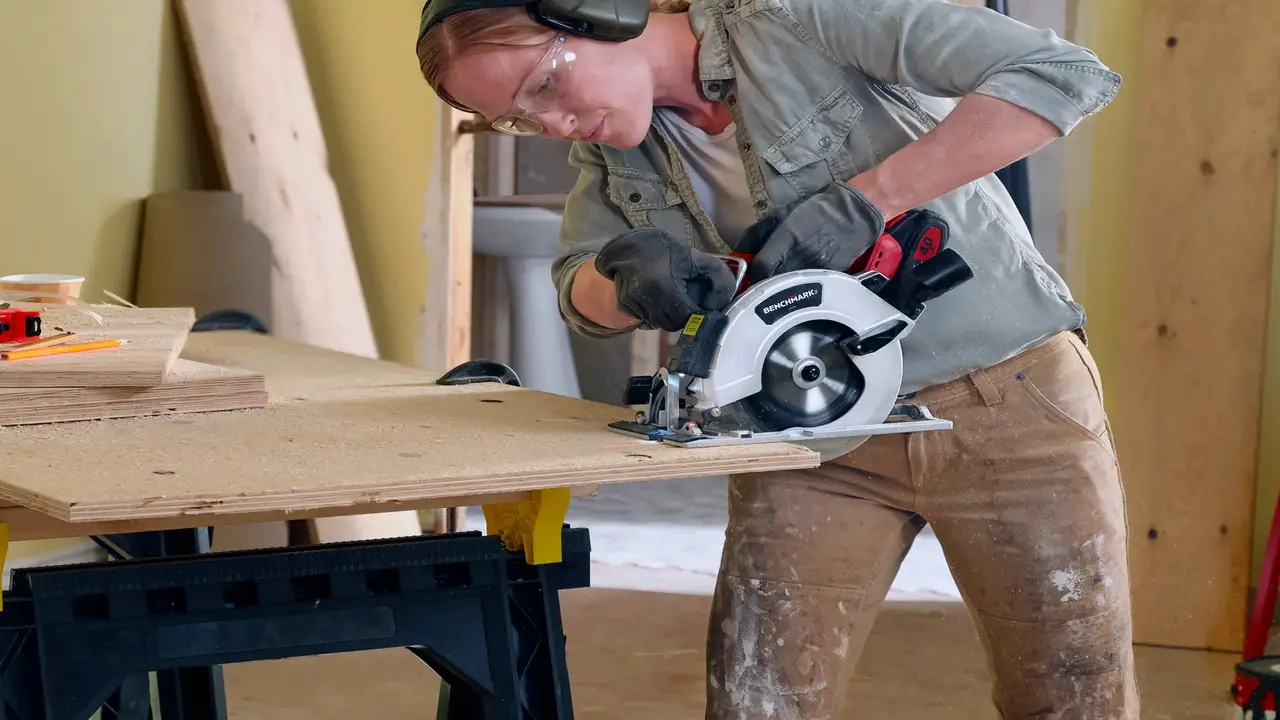
Regular maintenance is crucial to ensuring your circular saw’s optimal performance and longevity. Understanding why it is important to know tips for regular maintenance can save you time, charge, money, and frustration in the long run.
Following these maintenance tips guarantees that your circular saw operates at its peak efficiency. Allowing you to complete your tasks smoothly and safely. Here is a maintenance guideline:
- Keep The Blade Wrench Clean: Regularly remove sawdust, dirt, or debris from the blade to ensure it cuts smoothly and efficiently.
- Check The Blade For Damage: Inspect the blade for any signs of wear, such as chipped or dull teeth. Replace the blade if necessary.
- Lubricate Moving Parts: Apply lubricant to the saw’s moving parts, such as the blade guard and depth adjustment mechanism, to keep them functioning properly.
- Adjust The Blade Tension: Ensure you properly tension the blade for accurate and safe cuts. Refer to the manufacturer’s instructions for guidance.
- Keep The Saw Clean: Regularly clean the saw body and handle to prevent dirt and debris from interfering with its operation.
- Check The Power Cord: Inspect the power cord for any fraying or damage. Replace it if needed to avoid electrical hazards.
- Store The Saw Properly: When not in use, store the circular saw in a dry and secure location, preferably in a saw case or bag, to protect it from damage and prolong its lifespan.
- Follow The Manufacturer’s Maintenance Guidelines: Refer to the user manual for specific maintenance recommendations from the manufacturer.
Conclusion
The Milwaukee circular saw is a reliable and powerful tool for any job site. However, some users have reported issues with the trigger mechanism. The Milwaukee circular saw’s trigger problems are well-documented issues that can greatly impact the performance and safety of the tool.
While the brand has taken steps to address the issue, it is important for users to be aware of the potential problem and to maintain their saws properly. As with any power tool, following safety guidelines and checking for malfunctions or defects is crucial.
By staying informed and taking proper precautions, users can continue to rely on Milwaukee for quality and reliable tools. If you read the above outline properly, we hope you will successfully solve Milwaukee circular saw trigger problems.
FAQ
[rank_math_rich_snippet id=”s-f4e35a28-b353-43b7-a10c-137949043a57″]

I am passionate about home engineering. I specialize in designing, installing, and maintaining heating, ventilation, and air conditioning systems. My goal is to help people stay comfortable in their homes all year long.
